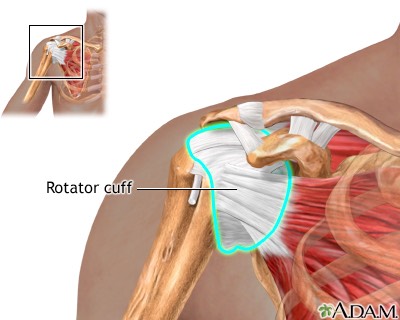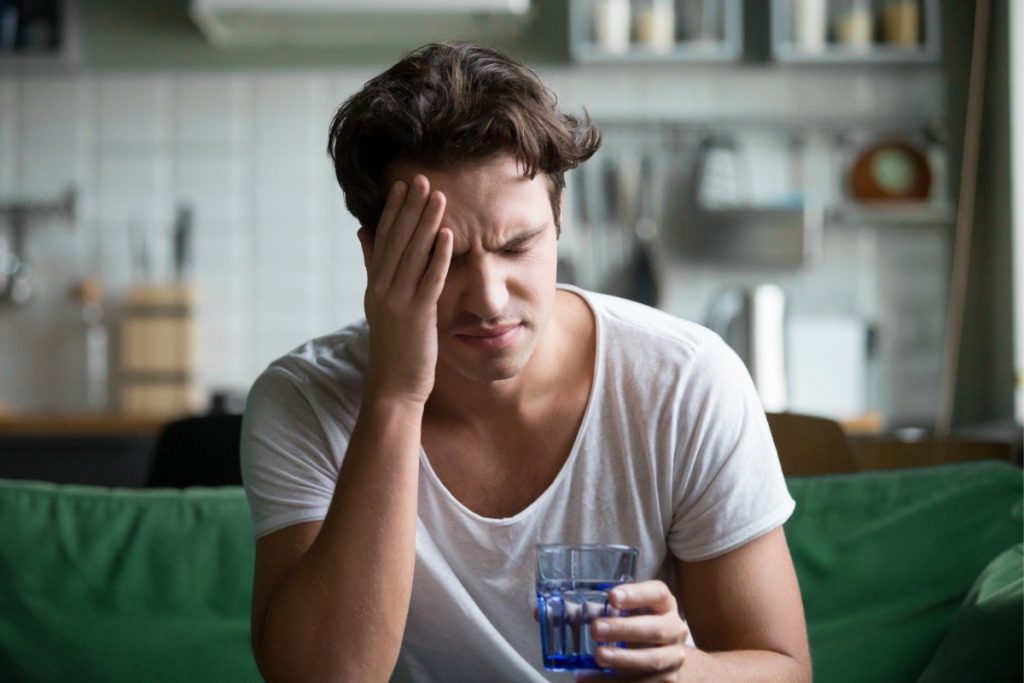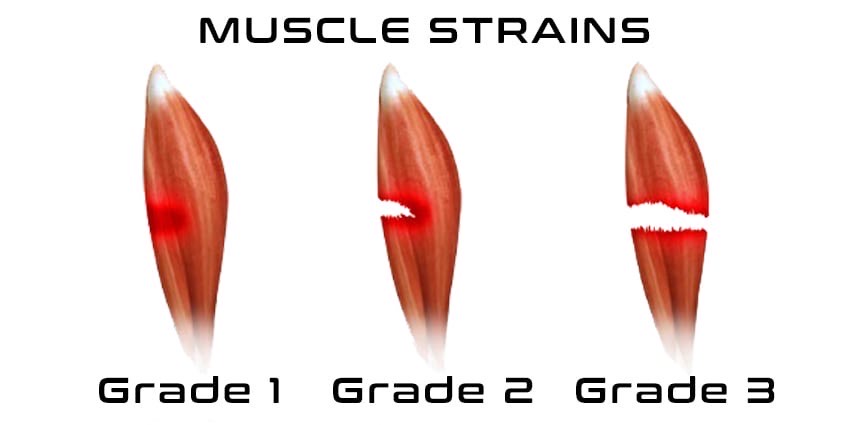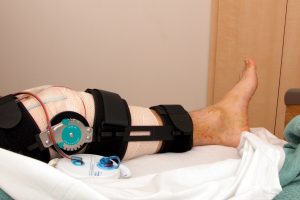
9 Injuries Massage Therapy Can Treat
Massage Therapy can be used to treat a multitude of injuries, conditions and health concerns. Some may only think of massage as a way to pamper yourself and as a light and fluffy means to relaxation.
While massage is a means of self care and can been done with light or deeper pressure, receiving a massage from a Registered Massage Therapist has so many more benefits. An RMT is trained to treat many conditions or injuries.
Some of the conditions or injuries that we as Registered Massage Therapists can treat are;
-
Plantar fasciitis,
-
Rotator cuff injuries,
-
Tennis elbow or golfers elbow,
-
Temporal joint dysfunction (TMD),
-
Stress related tension headaches,
-
Muscle sprains or strains,
-
Low back pain,
-
Sciatica and
-
Post-operative orthopaedic recovery.
In this post, I will explain how getting a massage from an RMT, can benefit you and help you lead a healthier and more pain free life.
As a Registered Massage Therapist at Affinity Wellness, I often hear from patients that are new to me, “I’ve had this injury/condition for so long, I’ve just learned to live with it.” or “It’s just old age and I’ve been pretty hard on my body so, I guess things are finally catching up with me and I just need to learn to live with this…. (pain/condition/lack of range of motion or ability to do something)”
I have had the privilege of sharing with the thousands of patients that I have treated over 20 plus years, the reality that living with a painful and chronic condition is not necessary. Often, there are some really simple things you can do to help. Stretches, strengthening and some basic lifestyle changes can be made to improve your life. In addition to regular massage treatments and maintenance, these things can help you achieve a better quality of life with less pain and discomfort.
Take the first topic, plantar fasciitis. My father-in-law had spent almost two years trying to deal with a reoccurring issue with his foot pain. He had seen his family doctor, researched online, did some stretches, tried new shoes and even stopped playing his beloved pickle ball for a month. While some of it helped a bit, it never did resolve itself. After a family dinner one night, I saw him get up and limp off. Of course, being an RMT, we tend to notice these things. When I asked what was wrong, he described what was going on and what he had tried to do to help. I offered to get him into the clinic for a treatment to work on his calf and ankle.
Two treatments later, there was a noticeable improvement and his pain had decreased substantially. He was shocked. After all, he had been doing all of these other things and his doctor really didn’t have a solution for him. Between massage and faithfully doing his stretches, with both knee bent and straight, he is back lighting up the pickle ball court and enjoying his retirement.
1. Plantar Fasciitis:
Plantar fasciitis, also known as plantar heel pain syndrome (PHPS), is a common pathology characterized by pain on the sole of the foot.
Often, the pain is worse in the morning and when coming up on the toes of the affected foot.
Massage therapy intervention is performed with patients lying prone with their feet off the end of the table. Deep massage therapy is performed on the painful areas of the posterior calf muscle group. Massage therapists massage the medial and lateral aspects of the posterior calf from both a medial and lateral approach with the goal of;
- reducing trigger points in the muscle bellies and
- releasing tension between the gastrocnemius and soleus muscle.
Calf muscle stretching has also been shown to be effective in helping you manage PHPS / Plantar Fasciitis.
Stretching directed at the posterior calf muscles can give relief and is effective at reducing pain if done consistently.

- Place the affected foot furthest from the wall and both feet positioned in a line.
- Lean forward while keeping the heels on the floor until a stretch is felt in the posterior calf or achilles.
- In order to stretch the gastrocnemius, the back knee is kept extended, and,
- In order to stretch the soleus, the back knee is bent.
Each stretch is to be performed three times daily, 5 repetitions of 20s stretching with 10s rest.
2. Rotator Cuff Injuries:

- The most effective way to treat the rotator cuff is by treating adhesions and trigger points in the muscles and tendons. When these muscles and tendons are free of adhesions and trigger points, they will be stronger and function much better in their important job of stabilizing the shoulder joint. They also will not be a source of pain.
- In addition to the hands on treatment of massage therapy, stretching the joint capsule and comprehensively strengthening the rotator cuff muscles and also the key scapular stabilizers such as the lower and middle trapezius, the rhomboids and the serratus anterior are effective treatments. Strengthening the scapular stabilizers will prevent a secondary impingement, which results from a lack of the control of the shoulder blade as it glides along the back of the chest wall.
Treating the rotator cuff in this manner is much more effective than just rest and medication, which provide no long-term benefit in preventing re-injury.
3. How to Treat Tennis Elbow
Pain at the outside of the elbow on resisted extension of the wrist is the telltale indicator of tennis elbow.
This injury involves a slight tear or inflammation of either the extensor carpi radialis brevis or the extensor carpi radialis longus. Over 90 percent of the time, it’s the brevis that’s the culprit.
The term golfer’s elbow is a bit misleading, because golfers are only a small segment of the population that suffer from this injury. The muscle-tendon unit involved in this injury is the flexor carpi radialis, the structure used to flex the wrist.
- Bikers
- Tennis players
- Pianists
- Violinists
- Painters
- Construction workers
- Individuals who work out using weights all get golfer’s elbow fairly frequently.
It is also common in those who spend many hours a day at their computer, and is frequently a part of the complex picture referred to as Repetitive Stress Injuries (RSI).
A combination of treatments including friction to the flexor carpi radialis tendon and general massage to the upper arm and forearm to maximize blood circulation to the tendon is generally very effective within four to six weeks.
**Check out YouTube for some videos to go with the following exercise**
Exercise Therapy for treating tennis would include;
- Palm facing the ceiling, and you can use your other hand to support the elbow.
- Holding a one- or two-pound weight, curl the hand up in flexion
- Then slowly lower it to the starting position.
**Do three sets of 10 repetitions of this exercise, resting for a moment between sets.**
4. Massage is a great way to treat TMJ or Temporal Mandibular Dysfunction.
As registered massage therapists, our primary goal is to help our clients feel better, help their bodies more effectively tap into its own healing process.
Patients can have a wide arrange of symptoms with TMD ranging from;
- extreme pain in the joint and surrounding tissue
- headaches or muscle spasms
- popping or clicking with jaw movement
- to milder symptoms like ear stuffiness
Most often TMD is a result of jaw clenching from tension or stress, muscle imbalance from a head forward posture like ‘text neck’, a blow to the face/head or a fall, dental issues, compression of the TMJ from resting chin in one hand while sitting or excessively chewing gum.
Registered Massage Therapists have had training on how to treat TMD or Temporal Joint Dysfunction with a combination of;
- External treatments to the masseter and temporalis muscles, along with the neck and shoulders.
- Intra-oral work to the pterygoids are done to release the tension of these deeper muscles to allow the disc, which is often pulled forward, to move back and rest on the condyle of your jaw bone.
As a result, the clicking and popping is reduced as the jaw no longer has to shift to try and ‘jump’ over the disc. With the articulating disc sliding back to its’ resting position, the nerve bundle attached to it, is no longer being pulled forward and pinched. This helps to significantly decrease your pain.
In addition to manual therapy to the jaw, you can combine contrast baths to help flush out the area and increase circulation.
Contrast Baths
- Fill 2 bowls. One with warm to hot water, the other with cool to cold water
- With a face cloth, apply a warm/hot face cloth to your face for (3) three minutes
- Next, apply a cold/cool face cloth to your face for one (1) minutes
** Repeat 3 times **
5. Can Massage Therapy Relieve Symptoms of a Tension Headache?
Massage therapists treat many clients looking for relief from headaches. These headaches range in severity from tension headaches to severe migraines. Some are constant and some just occur occasionally.
Headache pain may be felt at the back of your head, forehead, in one or both temple areas, localized in one or both eyes, or even behind your eyes. A headache may appear as a band-like pain around your head just above the ears or over the top of your head. The pain may be throbbing or stabbing, your eyesight and hearing may be altered, and if head pain is severe enough, thinking processes may be affected.

Massage can help unclench muscles and help you relax, so it can be especially good for stress or tension headaches. Massage applied to gently massage your head, neck, and shoulder muscles or to gently rub the painful spot on your head.
Neck exercises may also help ease tension headache pain caused by holding your head in one position for too long.
To do this;
- Place your palm on your forehead.
- Using your neck muscles, press your forehead lightly against palm.
- Keep your head upright, your hand and arm still for resistance.
Try an Acupressure/Self Massage Technique
- Place your thumbs near the base of your skull.
- Find the depressions on both sides of where your head meets your neck. They are just outside the thick muscle that runs down the middle (about 2 inches from the center).
- Press in and slightly upward with your thumbs until you feel slight pressure.
- While pressing, move your thumbs in small circles for 1-2 minutes.
**we carry Acu-Flex tools to help you do some self massage/trigger point release**
6. Is Massage Therapy a good treatment option for Muscle Strains?
A strain, which is sometimes referred to as a pulled muscle, is a muscle injury produced by excessive stress that causes fibers to tear within the tissue. A muscle strain usually results from combination of tension and contraction and not just from an excessive stretch alone. Muscle strains can develop when excess tension is placed on a muscle while it’s also in contraction. Due to muscle mechanics, strains are more likely while the muscle is in eccentric contraction than concentric or isometric.
There are three grades of muscle strain:
First degree strain or mild:
Only a few muscle fibers are torn. While there might be some post-injury soreness, you can usually return to normal levels of activity quickly
Second degree strain or moderate:
More fibers are involved in the injury. There is a greater level of pain with this injury and a clear region of maximum tenderness in the muscle tissue.
Third degree strain or severe:
A complete rupture of the muscle-tendon unit occurs with a grade-three strain. Some strains are classified as third degree even though the muscle still has some fibers intact because the damage is extensive. You would likely have significant pain at the time of the injury. Your pain can be minimal afterwards, because the ends of the muscle are separated and limb movement does not cause additional tensile stress.
Muscle strains generally arise from acute injuries. However, there might be repetitive tensile forces on the muscle that cause small degrees of fiber tearing, producing a chronic strain. In most cases, you probably can recall a specific movement or accident that produced the strain.
- Swelling may have occur in the area immediately after your injury, but is likely to subside after the initial inflammatory phase (approx 72 hours).
- Strains, both acute and chronic, are increasingly common where they have previously occurred.
- Scar tissue that repaired the original strain is a weak point in the muscle’s continuity, and often a location vulnerable to re-injury.
Resting from activities that cause discomfort following a strain, can help give your body time to heal it’s damaged tissue.
Resting for a few weeks, reduces tension in the affected muscle and is the primary goal to treating muscle strains.
Tension is reduced with massage techniques such as;
- effleurage,
- stripping,
- broad cross-fiber sweeping, etc.
In addition, we as RMT’s, can help develop a functional scar at the site of tearing and prevent scar tissue from adversely binding adjacent fibers. Deep transverse friction massage is used to develop a healthy, functional scar.
Muscle strains are a common soft-tissue injury and massage is an excellent treatment option to help in the management of these conditions.
7. Treating Low Back Muscle Pain with Massage Therapy:
Over 80% of the population will suffer from lower back pain during their lives. Most cases of lower back pain can be linked to general causes such as muscle strain, injury, or overuse. For everyday causes of lower back pain, standard at-home pain management is a reasonable approach. In fact, most cases of lower back pain are caused by a muscle strain and will get better relatively quickly and may not require treatment from a medical professional.
For those of you who’s low back pain does not resolve on its own, massage therapy can provide substantial healing and pain relief for many lower back problems. Specifically, when the correct muscles are targeted, the pain can be controlled at its source—for quicker and lasting relief.

If standing makes the pain worse, avoid chores that require standing such as washing dishes at the sink. Avoiding, or minimizing activities and positions that worsen the pain, will help prevent or reduce painful back spasms and allows for a better healing environment.
8. What is Post Operative Massage?
A post-operative massage can help you by encouraging an increase in healing, stimulating the lymphatic system and breaking down scar tissue.
A post-operative massage is a gentle form of massage that increases blood flow and promotes recovery by targeting the lymphatic system. The lymphatic system helps process waste and absorbs fluids. After surgery, these fluids can harden, which can often become painful.
Massage prevents and treats this hardening of fluids by reducing inflammation and promoting circulation to the affected area. It also helps decrease swelling which impedes your body’s own ability to heal itself.
9. Managing your Sciatic Pain with Massage Therapy:
Massage therapy is an effective way to get pain relief from lower back and as a result, your sciatic pain.
Sciatica occurs when your sciatic nerve—which runs from your buttocks down to your feet—gets pinched.

- sudden and sharp pain
- soreness
- numbness and/or tingling.
- you may even have trouble walking or standing due to the pain.
Remember, sciatica pain may include:
- Lower back pain
- Burning or tingling down the leg
- Weakness, numbness, or difficulty moving your leg or foot
- Consistent pain on one side of the buttocks
It’s estimated that as many as 40 percent of people will experience some version of sciatica at some point in their lives.
Recurrent sciatica can also be a source of anxiety, as you never know when sciatica will strike.
The good news is that sciatica usually goes away on its own within a few hours.
Sciatic Syndrome
Sometimes people experience ‘Sciatic Syndrome’. Sciatic syndrome symptoms are very similar to to sciatica, but without the muscle weakness. Oftentimes, it is a result of a Trigger Point in the Gluteus Medius that gives referral pain in the buttocks and down the back side of the thigh.
Your Registered Massage Therapist can help differentiate the difference and treat accordingly.
The benefits of massage therapy for sciatica make it an ideal therapy for those suffering from sciatica or sciatic syndrome pain on a regular basis. According to a 2014 study published in the Scientific World Journal, deep tissue massage is just as effective as anti-inflammatory drugs for lower back pain. Massage therapy can relieve your tense muscles and release pressure on compressed nerves.
Massage therapy in Kelowna BC, unlike other pain management therapies, starts with these muscles and reduces pressure on your sciatic nerve or releases the trigger points in your gluteus medius and surrounding tissues.
Massage;
- reduces trigger points,
- increases circulation by bringing in nutrient rich blood to your tight or injured area
- increases muscle flexibility and therefore increases your range of motion
- making you feel great
- decrease your anxiousness while you recover.
***You can also add foam rolling of the glutes and stretches for your external hip rotators to your massage to help speed up your recovery and maintain muscle health.***
Now that you know about just some of the many injuries that Registered Massage Therapists’ at Affinity Wellness can treat,
check us out @ https://affinitywellness.ca/
to learn more about the team of RMT’s along with all of the rest of practitioners like;
We are here to help you get back to living your best life!
BOOK YOUR FREE CONSULTATION FOR PHYSIOTHERAPY,
CHIROPRACTOR and KINESIOLOGY
FAQ
1. Can Massage Therapy hurt me?
Registered Massage Therapists in BC have some of the highest education and training in Canada. We have had learned how to critically think and determine whether or not there are contraindications (times when massage would not be beneficial) and how to modify your treatment. Check out the link @
Massage can sometimes hurt or be painful if the pressure is too deep or your injury is quite acute. Communication with your therapist is key. Let them know and they will modify or reduce pressure to make you feel more comfortable.
2. Is massage always beneficial?
No. Sometimes when your injury is too acute, like when you have intense muscle spasms, broken bones or open wounds, massage is contraindicated. Although, if you’ve been in a motor vehicle accident (MVA) and have broken your leg, you can still receive treatment on your neck and shoulders to help with whiplash or just to help you manage stress reduction.
3. What will my first massage look like?
Communication is the key to a great outcome and your therapist having a better understanding of your expectations. Your therapist will use draping to only expose the body parts they are working at that moment. They will never expose breasts, genitals, gluteal cleft, or any other body part you have not consented to uncover. Your therapist will check in to see how you are doing. They will invite you to communicate by asking how comfortable the pressure of your massage is. You are strongly encouraged to let your RMT know if you are feeling uncomfortable in any way or if you would like to address any specific concerns.







